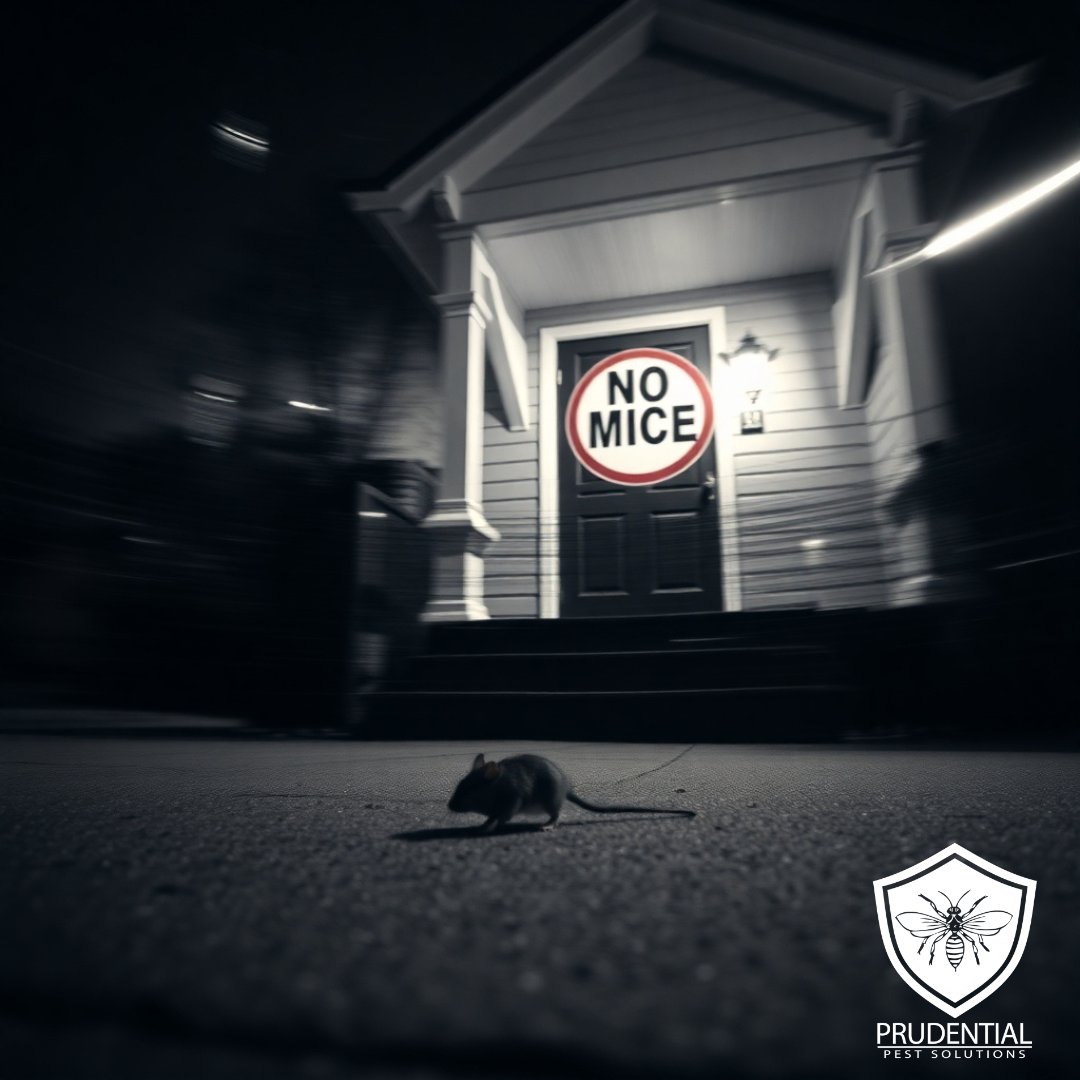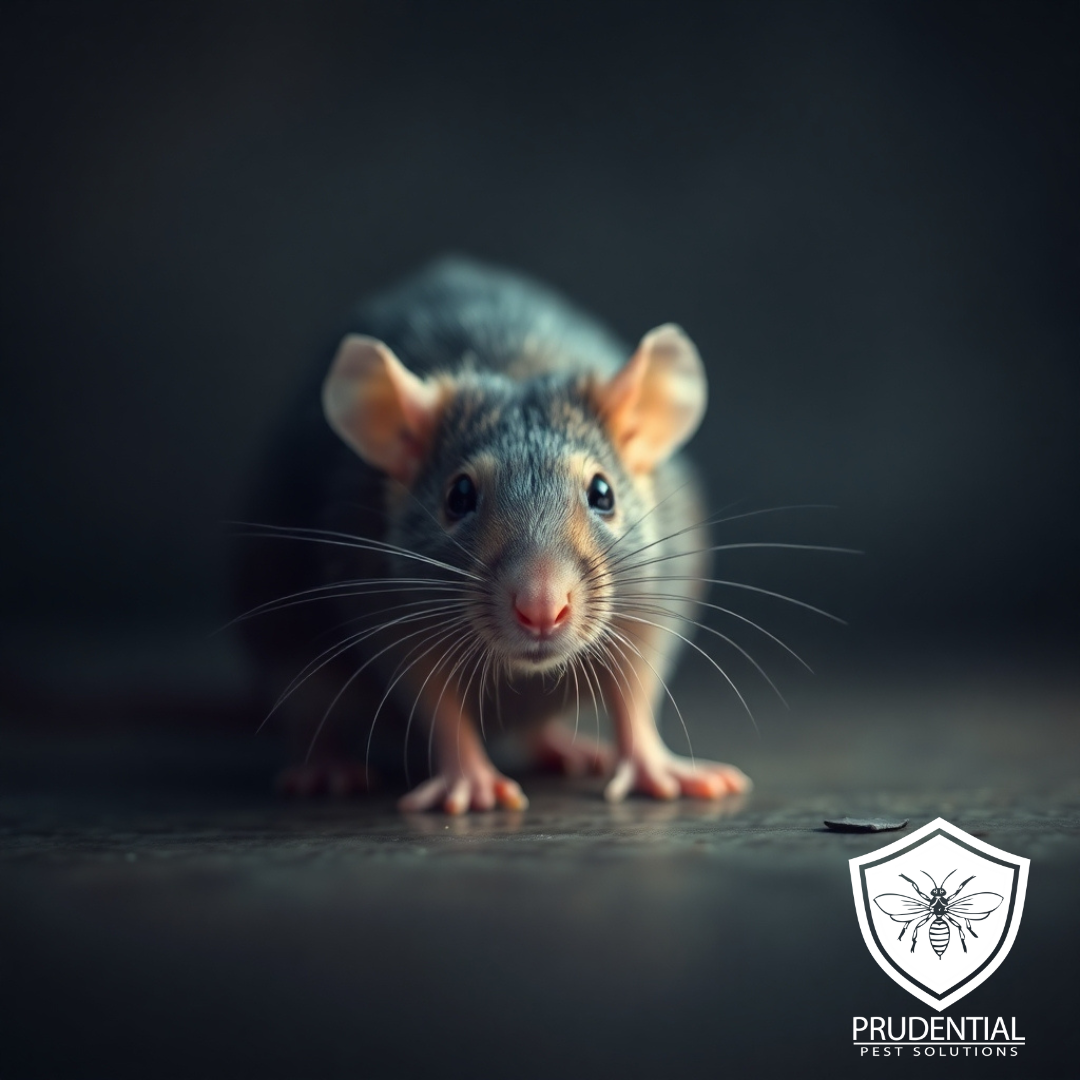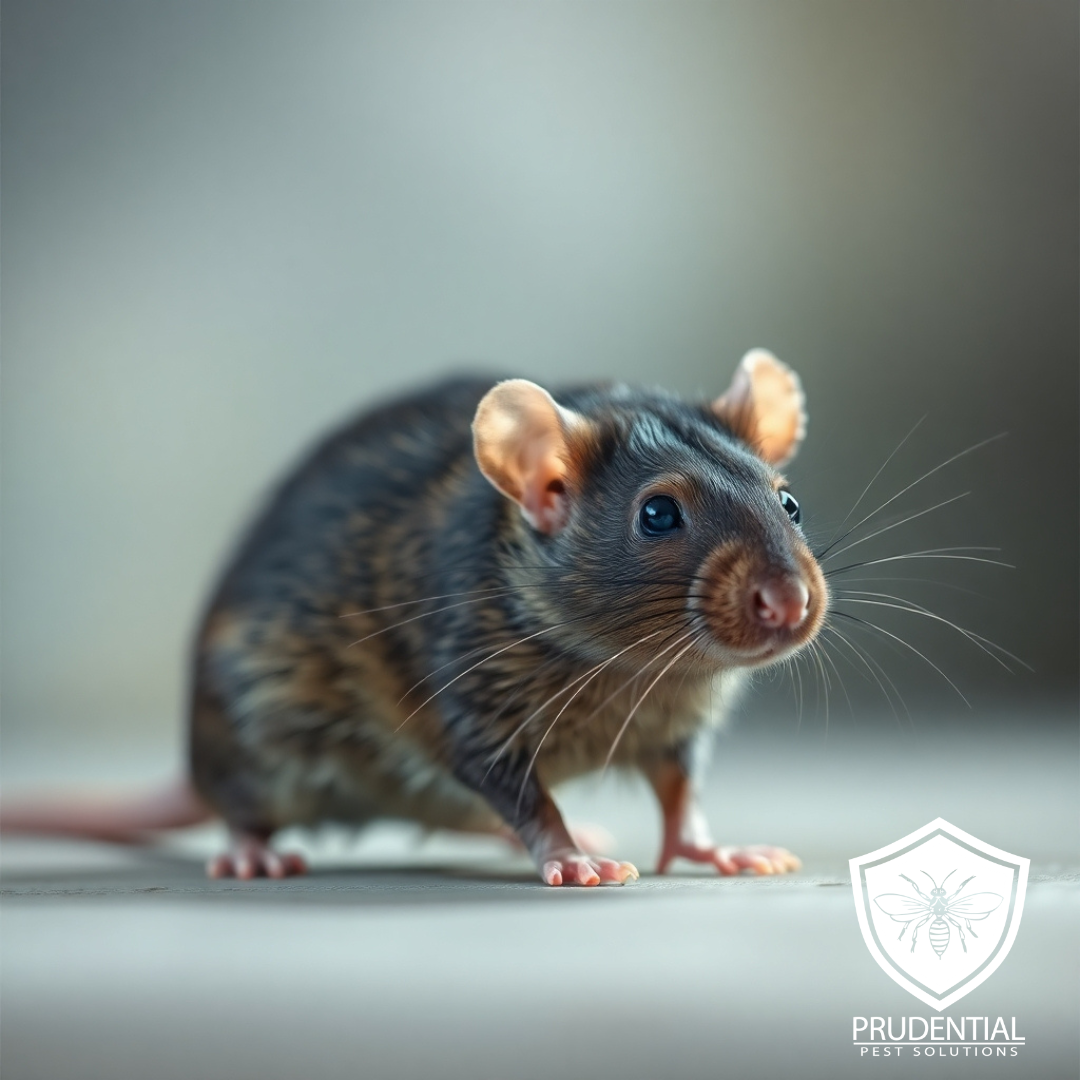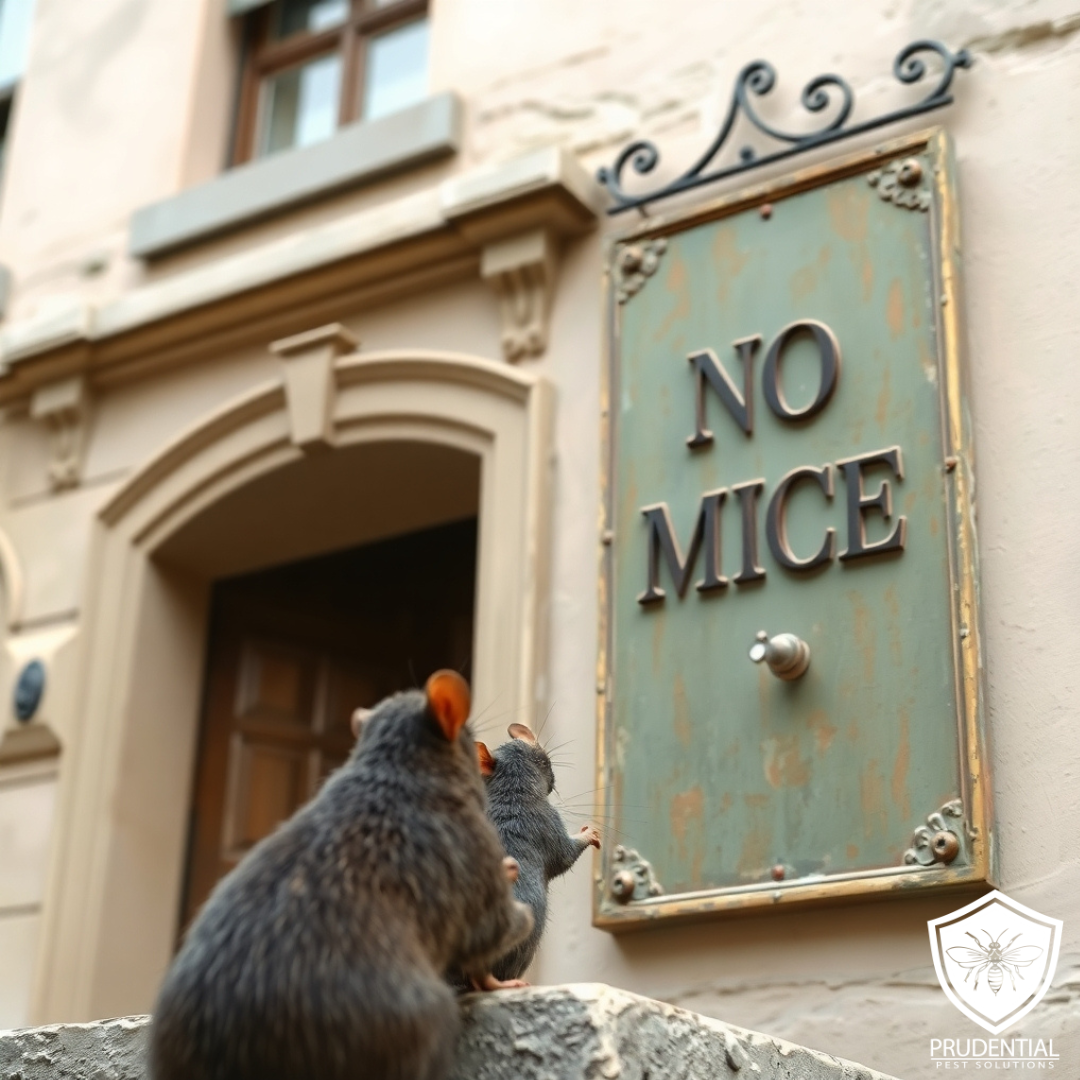- Home
- About Prudential Pest
- Pest Control Services
- Service Areas
- Service Areas
- Chester County Pest Control
- Chadds Ford Pest Control Services
- Coatesville PA Pest Control
- Downingtown PA Pest Control
- Elverson PA Pest Control
- Exton PA Pest Control
- Honey Brook Pest Control
- Kennett Square Pest Control
- Lionville PA Pest Control
- Main Line Pest Control and Exterminator Services
- Malvern PA Pest Control
- Phoenixville PA Pest Control
- West Chester Pest Control
- Berks County Pest Control
- Lancaster Pest Control
- Blog
- Contact Us
- Home
- About Prudential Pest
- Pest Control Services
- Service Areas
- Service Areas
- Chester County Pest Control
- Chadds Ford Pest Control Services
- Coatesville PA Pest Control
- Downingtown PA Pest Control
- Elverson PA Pest Control
- Exton PA Pest Control
- Honey Brook Pest Control
- Kennett Square Pest Control
- Lionville PA Pest Control
- Main Line Pest Control and Exterminator Services
- Malvern PA Pest Control
- Phoenixville PA Pest Control
- West Chester Pest Control
- Berks County Pest Control
- Lancaster Pest Control
- Blog
- Contact Us
© 2025 Prudential Pest Solutions
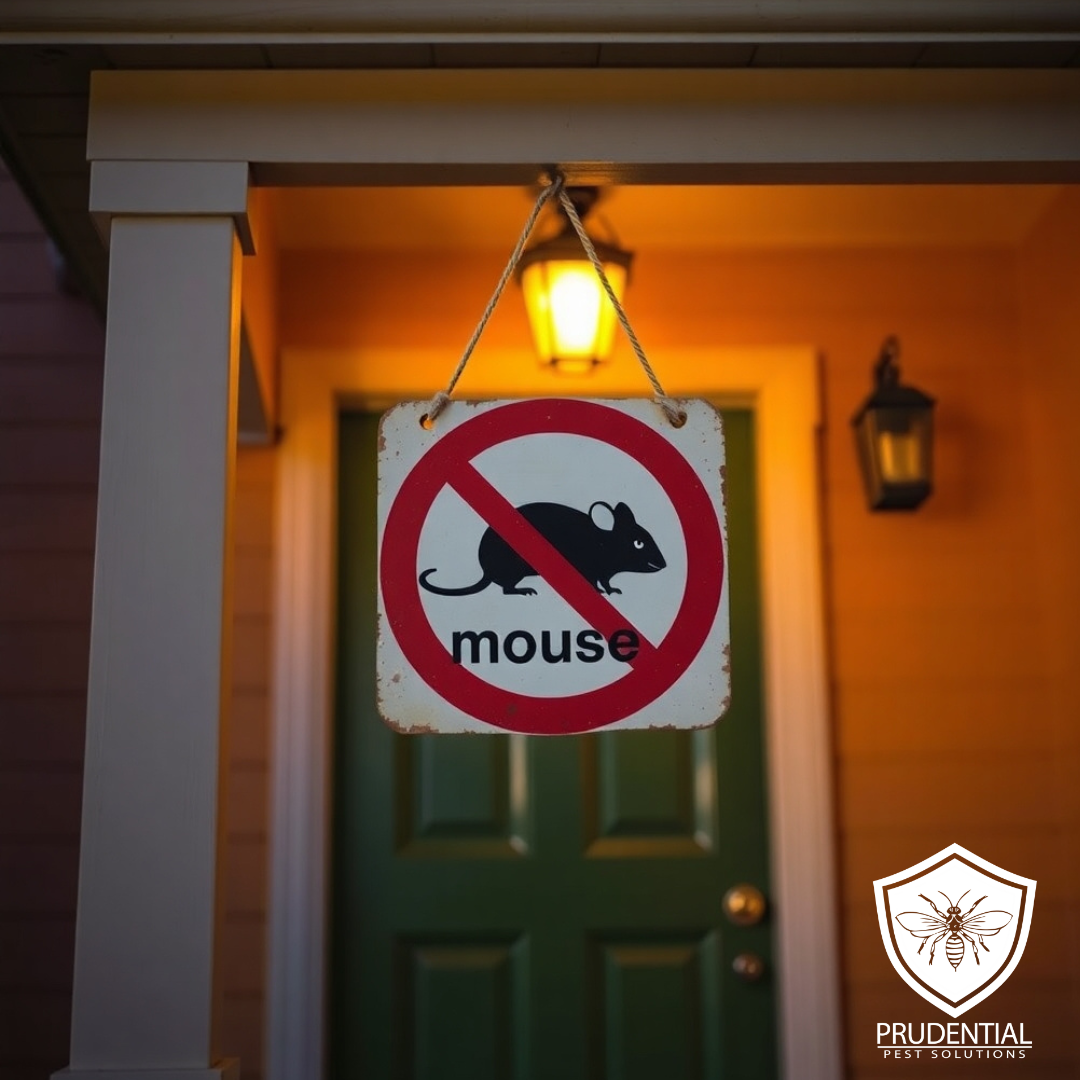
Rodent Control Starts on the Outside
Rodent Control Starts on the Outside Whenever we get a service[…]
© 2025 Prudential Pest Solutions. Created with ❤ using WordPress and Kubio

